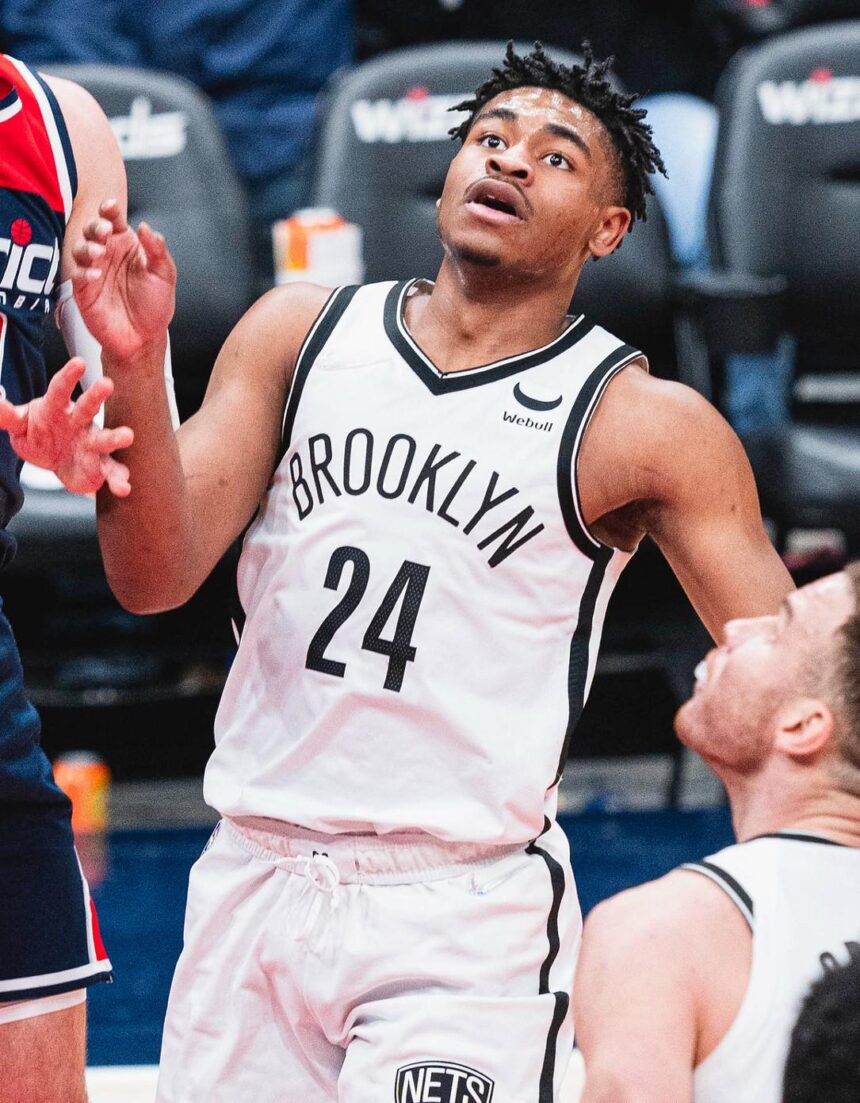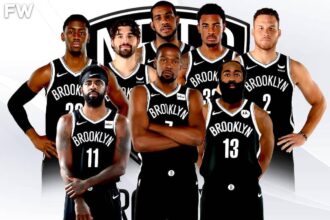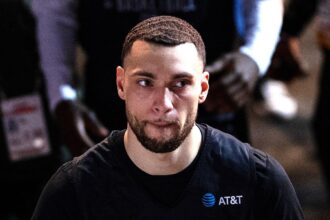As the Brooklyn Nets continue to reshape their roster for the upcoming NBA season, questions loom about the viability of a backcourt pairing featuring Cam Thomas and Michael Porter Jr. While both players have demonstrated scoring potential and flashes of brilliance individually, the prospect of integrating their distinct styles into a cohesive unit presents a significant challenge. This article examines whether the dynamic scoring abilities of Thomas and Porter’s versatile offensive skill sets can complement each other effectively within the Nets’ system, or if their coexistence on the court might hinder team chemistry and overall performance.
Cam Thomas and Michael Porter Jr Finding Synergy on the Nets’ Offensive Floor
Behind the Nets’ evolving offensive identity lies the intriguing partnership between Cam Thomas and Michael Porter Jr., two prolific scorers with contrasting playing styles that are beginning to complement rather than clash. Thomas, known for his relentless scoring and quick release, thrives in isolation and catch-and-shoot scenarios, while Porter Jr. brings versatility with his ability to stretch the floor and create off the dribble. Early season minutes reveal a budding chemistry that leverages their individual strengths – Thomas pulling defenders with his aggressive drives, opening lanes for Porter’s mid-range precision and three-point shooting.
Statistically, the duo’s on-court synergy has shown promising trends, enhancing the Nets’ spacing and ball movement. The following snapshot highlights their combined impact over their last five games:
| Metric | Cam Thomas | Michael Porter Jr. | On-Court Together |
|---|---|---|---|
| Points Per Game | 21.4 | 19.8 | 42.3 |
| 3P % | 38.7% | 41.5% | 40.1% |
| Assist Ratio | 14.3% | 17.2% | 15.8% |
| Usage Rate | 27.1% | 25.4% | 26.2% |
- Spacing: Thomas’ willingness to shoot off the catch and drive creates space for Porter’s spot-up opportunities.
- Playmaking: Both players are evolving as facilitators, frequently finding each other in high-percentage scoring spots.
- Defensive Focus: Their offensive threat forces opposing defenses to choose their poison, often leaving secondary cutters open.
Balancing Playmaking and Scoring Roles Key to Maximizing Duo’s Potential
Unlocking the true potential of a Cam Thomas-Michael Porter Jr. partnership lies in carefully delineating their offensive responsibilities without stifling either player’s natural instincts. Thomas, known for his scoring bursts and isolation play, thrives when given the green light to chase buckets. Conversely, Porter’s versatility shines brightest when he orchestrates ball movement and exploits mismatches, blending scoring with creative playmaking. Striking this delicate balance requires the Nets’ coaching staff to craft strategic roles that let each maximize their strengths while minimizing overlaps.
Effectively balancing their roles means embracing a dynamic approach where:
- Thomas takes on the primary scoring duties during critical scoring runs or catch-and-shoot opportunities.
- Porter acts as a secondary playmaker, initiating sets and creating space through off-ball movement.
- Both players leverage their shooting range, forcing defenses to stretch and creating open lanes for drives or kick-outs.
| Role Aspect | Cam Thomas | Michael Porter Jr. |
|---|---|---|
| Primary Strength | Shooting & Scoring | Playmaking & Versatility |
| Shot Creation | High Usage Isolation | Off-ball Movement |
| Defensive Impact | Scrappy Perimeter Defense | Length & Switching Ability |
Strategic Adjustments Recommended to Optimize Defensive Cohesion and Spacing
To enhance the on-court synergy between Cam Thomas and Michael Porter Jr., the Nets must implement targeted adjustments emphasizing defensive communication and spatial awareness. Given Thomas’s natural inclination to focus on offensive production, integrating Michael Porter Jr. as a versatile perimeter defender can help shore up gaps in transition coverage and minimize opposing pick-and-roll effectiveness. This calls for a defense-first mindset, encouraging both players to rotate proactively, engage in timely switch calls, and leverage their length to contest shots without overcommitting. Strategic positioning near the paint will also be essential to prevent easy drives, especially during high-pressure game scenarios.
Coach Steve Nash and his staff could prioritize these key adaptations to optimize spacing and balance:
- Implement staggered defensive schemes that exploit Porter Jr.’s mobility while allowing Thomas to shadow shooters or disrupt passing lanes.
- Encourage constant verbal cues to ensure seamless help defense responsibilities and reduce confusion during switches.
- Adjust off-ball movement patterns so Thomas remains a threat without sacrificing defensive integrity.
| Adjustment | Primary Benefit |
|---|---|
| Rotational Switching | Minimizes mismatches and limits open perimeter shots |
| Enhanced Communication | Reduces defensive breakdowns and late rotations |
| Spacing Optimization | Maintains offensive threat without compromising defense |
Closing Remarks
As the Brooklyn Nets continue to navigate their roster construction, the potential Cam Thomas-Michael Porter Jr. duo presents both intriguing possibilities and notable challenges. While their individual talents are undeniable, questions remain about how their skill sets and playing styles will mesh within the team’s larger strategy. Ultimately, the success of this pairing will depend on coaching adjustments, chemistry development, and each player’s ability to adapt. The coming season will offer a clearer picture of whether Thomas and Porter Jr. can indeed coexist and contribute effectively to the Nets’ pursuit of championship contention.














